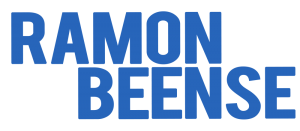As the number of small-business deals that involve M&A continue to increase, the importance of using VDR to ensure the success of deals cannot be overstated. The right VDR is crucial to the success of a deal. It will speed up due diligence process and lead to the smoother process. This article discusses the best practices to select the appropriate VDR in support of M&A transactions of different sizes and complexity.
In the case of an investment bank, VDRs are a must for investment banks. VDR can help make every transaction as smooth as is possible for both buyers and sellers by allowing them access to sensitive information in a safe environment. This can significantly speed up the process and decrease the chance of miscommunication or confusion.
VDRs can also be used to facilitate negotiations and signing of non-disclosure agreements (NDAs) with third parties, reducing time and hassle of negotiating the agreement. Many modern VDRs allow you to build automated workflows, such as electronic signatures, which can be used for NDAs in a matter of clicks.
VDRs also have the ability to connect data with third-party platforms and software, such as Office 365. This can simplify the transfer of data between different systems by reducing or eliminating delays, while also ensuring that the most current version is always accessible.
Many VDRs offer security options at the file level like digital rights management, which restricts the possibility to print, copy or distribute files outside of how to set up intralinks with azure ad the VDR. They may also have access control and activity tracking to safeguard against theft of data by unauthorised users or by outsiders. Choose a VDR with features that are specific to industry, like compliance certifications such as FedRAMP, FINRA, HIPAA or GDPR. Look for a VDR that has a drag-and drop interface that allows third parties to upload documents without having to create an account or install any software.
